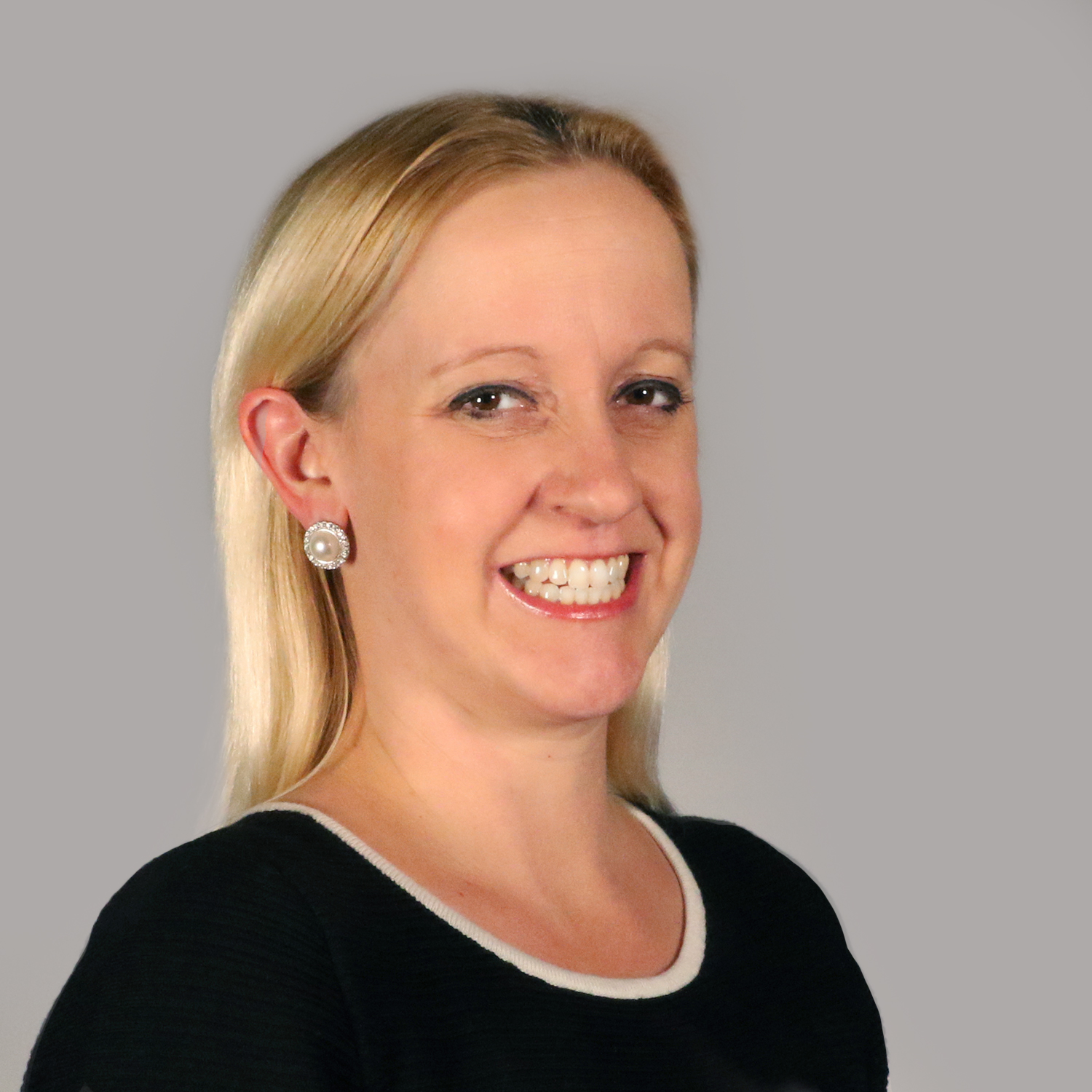New Report Examines the Effect of Competition on Innovation in K–12 Education
Charter, private schools are best to improve all schools via competitive pressure
INDIANAPOLIS – The Friedman Foundation for Educational Choice today released Pursuing Innovation: How Can Educational Choice Transform K–12 Education in the U.S.?, authored by nationally recognized education researchers Dr. Patrick J. Wolf and Dr. Anna J. Egalite.
The new report clearly shows that traditional public education by ZIP Code is being rapidly replaced by a variety of choice programs that empower families to find the best educational option for students.
“Pursuing Innovation gives us a comprehensive look at the current state of innovation in K-12 education through the lens of competition, and the results are clear: Traditional public schools to which students are assigned by address are on the way out,” said Friedman Foundation President and CEO Robert C. Enlow.
“We know that school choice has led to increased innovation and tangible benefits for students, but we need to move from pockets of innovation to widespread choice if we want to see transformational improvement for all our schools,” Enlow said.
The report examines the types of competition that currently exist in K–12 education and what forms of competition are most likely to generate pressure for educational improvement based on the results of more than 40 studies on the topic.
Pursuing Innovation concludes with policy design recommendations for lawmakers and stakeholders who want to increase innovation within K–12 education.
Report authors Wolf and Egalite said the report shows that a small amount of competition in education already exists, but family resources and opportunity have played an outsized role in determining which types of students stand to benefit from the positive effects of competition.
“Because public schools have traditionally operated as a closed system, on average we’re only seeing incremental improvements in student outcomes. Our research indicates that continued growth in charter, voucher and tax-credit scholarship programs across the country could propel innovation to new heights, bringing about broader positive change and particularly impacting traditionally disadvantaged students,” Wolf and Egalite said.
Among the report’s key findings:
- Traditional public education by ZIP Code is on its way out. The number of students defaulting to an assigned public school dropped nearly 20 percent from 2001 to 2013. More than 40 percent of students today— roughly 20 million children—are engaged in school choice via enrollment in a non-residential public school, charter school, private school or home school, according to 2013 data.
- Competition from private school choice and charter school choice works best to improve schools. Thirty of the 42 available studies conducted on the topic find competition from charters, school vouchers and tax-credit scholarships result in achievement gains for at least some, and often all, district school students.
- Improvements from competition will be marginal until educational choice expands. Most educational choice programs have resulted in modest improvements to the academic performance of district schools. But when school choice programs dramatically expand, as in Florida and Milwaukee, more lasting changes take place. When the Milwaukee school voucher program expanded to allow religious schools participate, for instance, there was a four-fold increase in the number of low-income students attending private schools. The district school response was an increase in test scores equivalent to moving from the 50th percentile of academic achievement to the 64th. Competition through widespread school choice has the potential to transform public schools into open systems that readily adapt to the needs of their communities and students.
- We must continue to pursue innovation because the old system of delivering public education is not improving quickly enough. Since 1971, America’s spending on education has increased by 300 percent, and that is adjusted for inflation. Yet student performance on the National Assessment of Educational Progress (NAEP) has demonstrated only minor improvements for 9- and 13-year olds and been almost stagnant for 17-year-olds. Additionally, data show students participating in private school choice programs experience similar or better academic outcomes in their learning environments of choice at a much lower cost per pupil than their neighboring public schools.
- Policymakers and stakeholders can systematically encourage innovation. Excessive flexing of regulatory muscle can stifle the flexibility required to truly promote innovation. Policymakers should exercise care when regulating public schools and private schools and ensure that data, metrics and benchmarks do not adversely affect curriculum and autonomy at the school level. Accountability systems should wield carrots, not just sticks, whenever possible. Finally, ESAs hold great promise as an effective school choice program because they are lightly regulated, like tax-credit scholarship programs, but also provide parents with options beyond just private school tuition to utilize their educational dollars.
To read the full Pursuing Innovation report, please visit: edchoice.org/PursuingInnovation.
ABOUT THE AUTHORS
Dr. Patrick Wolf is distinguished professor and 21st Century Chair in School Choice in the Department of Education Reform at the University of Arkansas College of Education and Health Professions.
Dr. Anna Egalite is an assistant professor in the Department of Educational Leadership, Policy, and Human Development in the College of Education at North Carolina State University.
LISTEN TO THE AUTHORS DISCUSS THEIR REPORT
ABOUT THE FRIEDMAN FOUNDATION FOR EDUCATIONAL CHOICE
The Friedman Foundation for Educational Choice is a 501(c)(3) nonprofit and nonpartisan organization, solely dedicated to advancing Milton and Rose Friedman’s vision of school choice for all children. First established as the Milton and Rose D. Friedman Foundation in 1996, the Foundation promotes school choice as the most effective and equitable way to improve the quality of K–12 education in America. The Friedman Foundation is dedicated to research, education, and outreach on the vital issues and implications related to school choice.




